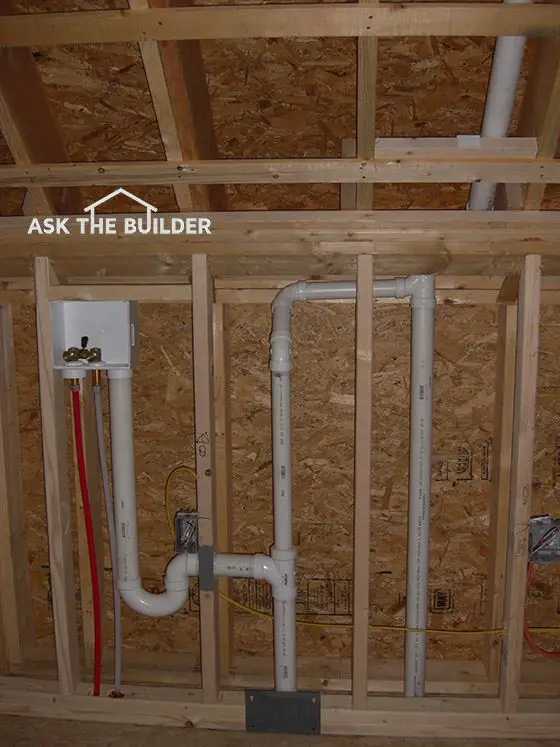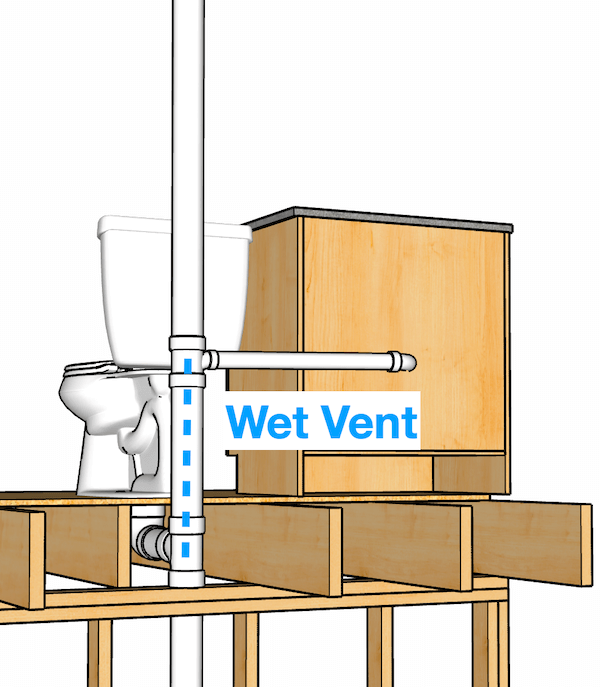The Essential Role of Adequate Ventilation in Plumbing Systems
The Essential Role of Adequate Ventilation in Plumbing Systems
Blog Article
Just about everyone will have their personal conception when it comes to What Are Plumbing Vents and Why Are They Important?.

Proper ventilation in plumbing systems is commonly neglected, yet it is important for maintaining the performance and safety and security of your home's pipes. Ventilation assists manage air pressure, protect against the buildup of hazardous gases, and make certain the reliable removal of waste. In this overview, we will discover the importance of proper pipes ventilation, just how it functions, and the benefits it gives your pipes system.
Understanding Ventilation in Pipes
Air flow in plumbing describes the network of pipes that enable air to flow with the water drainage system. These vents serve several objectives, including managing air pressure within the pipes, stopping sewage system gases from getting in the home, and aiding in the smooth circulation of wastewater.
Just How Air Flow Functions in Pipes Systems
Air Pressure Policy
Appropriate ventilation preserves balanced atmospheric pressure within the pipes system. When water moves via pipelines, it displaces air. Without ample air flow, this variation can produce unfavorable stress, causing slow drains or siphoning of water from traps, which can create unpleasant odors to permeate right into the home.
Protecting Against Drain Gas Build-up
One of one of the most essential functions of pipes vents is to avoid sewer gases, such as methane and hydrogen sulfide, from collecting within the home. These gases can present serious health and wellness threats and are highly flammable. Vent pipelines permit these gases to escape safely outdoors.
Aiding in Waste Elimination
Air flow aids in the effective elimination of wastewater by preventing airlocks in the water drainage system. When air can move freely with the vents, it permits water and waste to move efficiently with the pipes, decreasing the risk of obstructions and back-ups.
Sorts Of Plumbing Vents
Key Stack Vent
The main stack air vent, also referred to as the vent pile, is the main air vent in a plumbing system. It expands from the primary drainpipe line up through the roof covering, enabling gases to escape and fresh air to get in the system.
Branch Vent
Branch vents attach to the major stack vent and serve private components, such as sinks, toilets, and showers. These vents make sure that each component has appropriate air flow to work appropriately.
Air Admittance Valve (AAV).
An Air Admittance Shutoff (AAV) is a one-way valve that allows air to go into the pipes system without the requirement for a standard vent pipeline extending through the roofing system. AAVs are typically utilized in restorations or areas where setting up a standard vent is impractical.
Indicators of Poor Air Flow in Pipes.
Slow Draining Fixtures.
If your sinks, tubs, or commodes are draining slowly, maybe a sign of bad ventilation. Insufficient air circulation can create a vacuum impact, making it hard for water to drain appropriately.
Gurgling Seems.
Gurgling sounds coming from drains are usually an outcome of air being drawn via water catches due to negative pressure in the pipes. This is a clear indicator of not enough ventilation.
Undesirable Odors.
Drain odors inside your home are a warning that your plumbing system is not effectively ventilated. This might indicate that drain gases are not being effectively vented outside, resulting in potentially hazardous problems.
Typical Ventilation Errors.
Insufficient Vent Sizing.
Using small vent pipelines can cause poor air circulation and pressure discrepancies in the system. It's necessary to make use of vents that satisfy the details requirements of your plumbing system.
Improper Vent Positioning.
Positioning vents too much from the components they serve can minimize their efficiency. Appropriate positioning makes sure that air can flow freely and successfully via the system.
Disregarding Code Demands.
Building codes supply certain guidelines for pipes ventilation. Ignoring these codes can lead to a system that fails to operate properly and may result in costly repairs or carcinogen.
Benefits of Proper Air Flow.
Improved System Efficiency.
Properly ventilated plumbing systems operate extra efficiently, with fewer blockages, faster draining, and less stress on the pipelines. This performance expands the life-span of the pipes system.
Improved Air High Quality.
By preventing sewer gases from entering your home, proper air flow adds to better indoor air top quality, making your living setting healthier and extra comfortable.
Preventing Water Damages.
Adequate ventilation assists protect against water from being siphoned out of catches, which can cause sewage system gases getting in the home and causing water damage with time.
Actions to Ensure Proper Air Flow.
Consulting Plumbing Codes.
Constantly speak with regional pipes codes when making or modifying your plumbing system. These codes give the essential guidelines for correct venting and ensure your system meets safety and security criteria.
Routine Inspection and Upkeep.
Routine inspections can assist determine possible ventilation issues before they end up being major troubles. Maintenance jobs, such as cleansing vent pipes and checking for blockages, are crucial for keeping the system in good working order.
Professional Setup.
For new setups or major adjustments, it's a good idea to employ an expert plumber. They have the competence to ensure the air flow system is properly developed and installed according to code.
Verdict.
Appropriate ventilation is a critical element of any pipes system, guaranteeing that it operates effectively and securely. By comprehending the relevance of ventilation, identifying the signs of inadequate ventilation, and taking actions to keep your system, you can protect against pricey issues and safeguard your home's air top quality.
What is a Plumbing Vent and it's used for?All plumbing systems in residential and commercials construction have a plumbing vent. It doesn’t just vent unwanted odors from the drainage system to the outside; it actually serves an important purpose by supplying air to the system.
The plumbing drainage system is actually called a drainage, waste and vent (DWV) system. When water flows down the piping, an air supply (vent) is needed to allow the water to flow. Think of the vertical pipe as a drinking straw. If you plug the top end of a straw, liquid won’t drain from it.
The DWV system in your building consists of a series of pipes connected to each fixture; they extend above each fixture, and the system terminates at an open pipe that extends through the roof. This piping allows air into the system and prevents unbalanced pressures in the piping.
?The vent also prevents the system from drawing water out of a trap at the fixture with the characteristic “glug-glug-glug” as the drain gasps for air. Plumbing traps should drain smoothly and never “glug” or gasp for air.
If you have a drain that empties slowly or gurgles as it drains, this may indicate a venting problem. If you flush a toilet and the sink gurgles, there’s definitely a vent problem. It is good idea to have a Plumber check this.
https://www.ameliashomeinspection.com/blog/what-is-a-plumbing-vent-and-its-used-for

We hope you enjoyed reading our section on Why Plumbing Air Vents Are Important. Many thanks for spending some time to browse our article. Those who appreciated our page if you please consider to share it. Bless you for your time. Come back soon.
Go Company Report this page